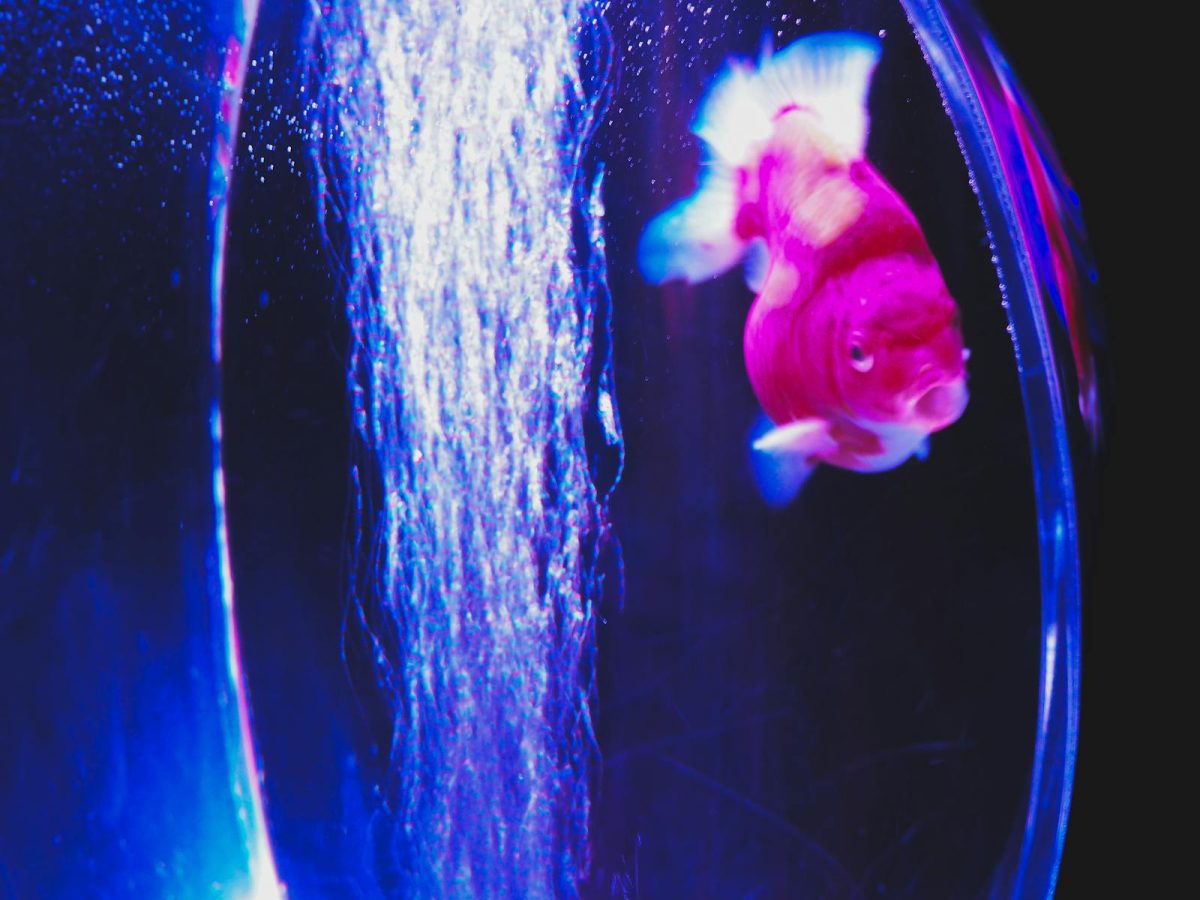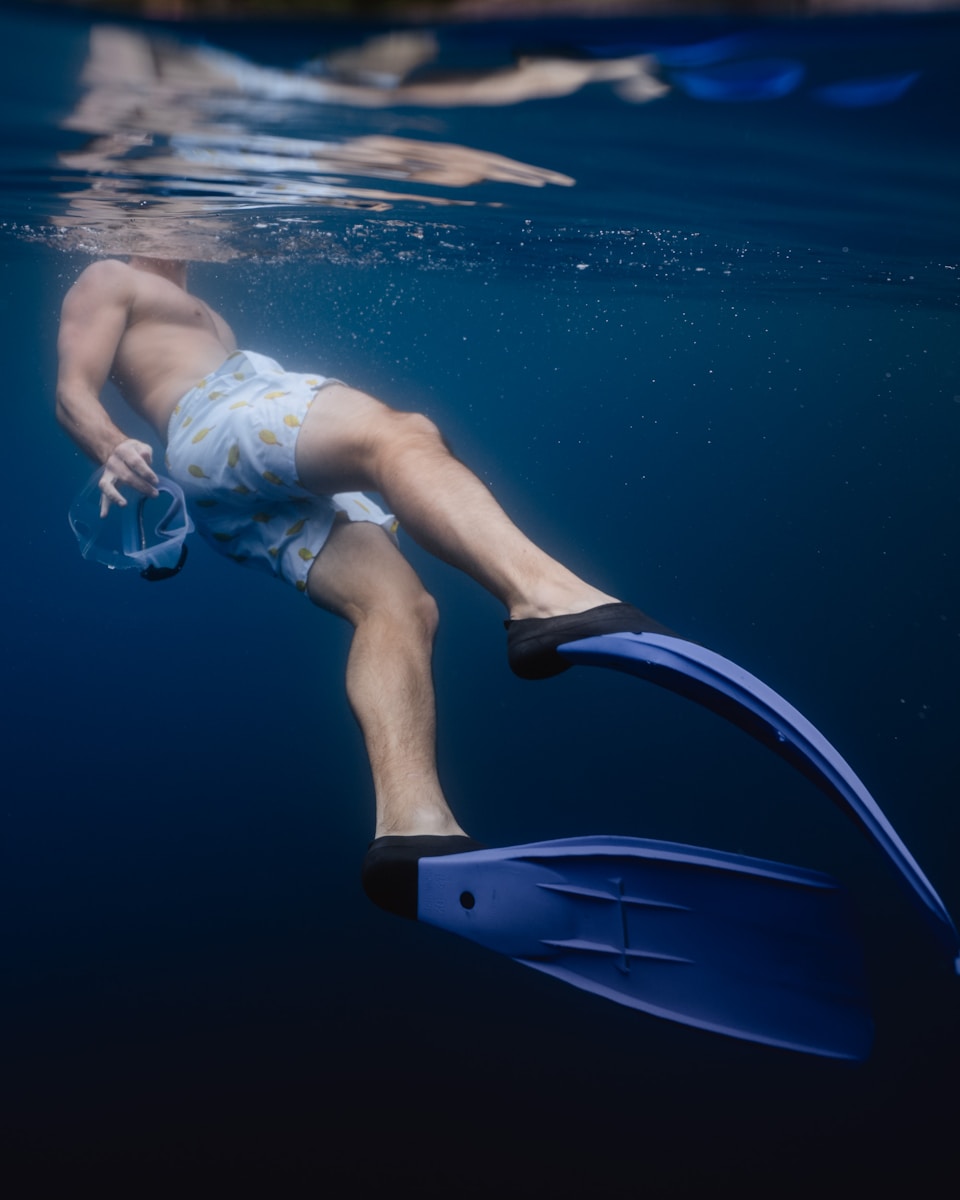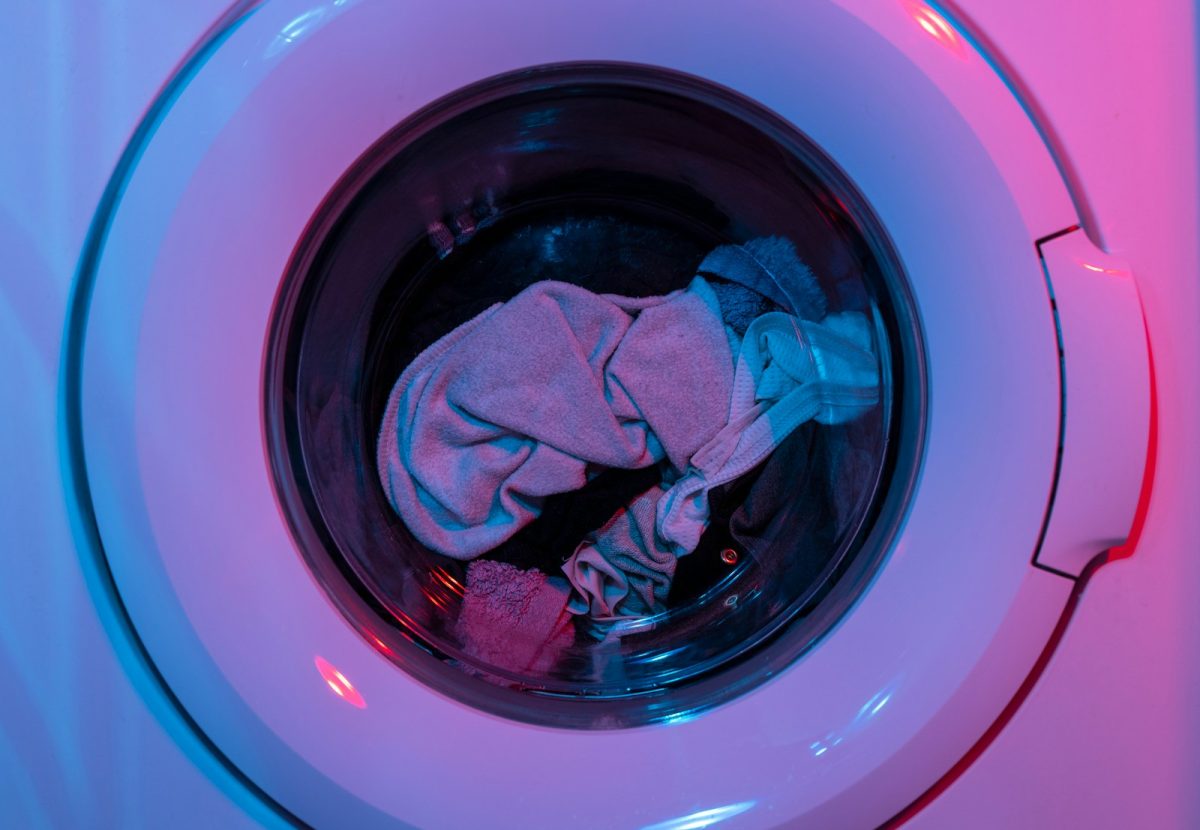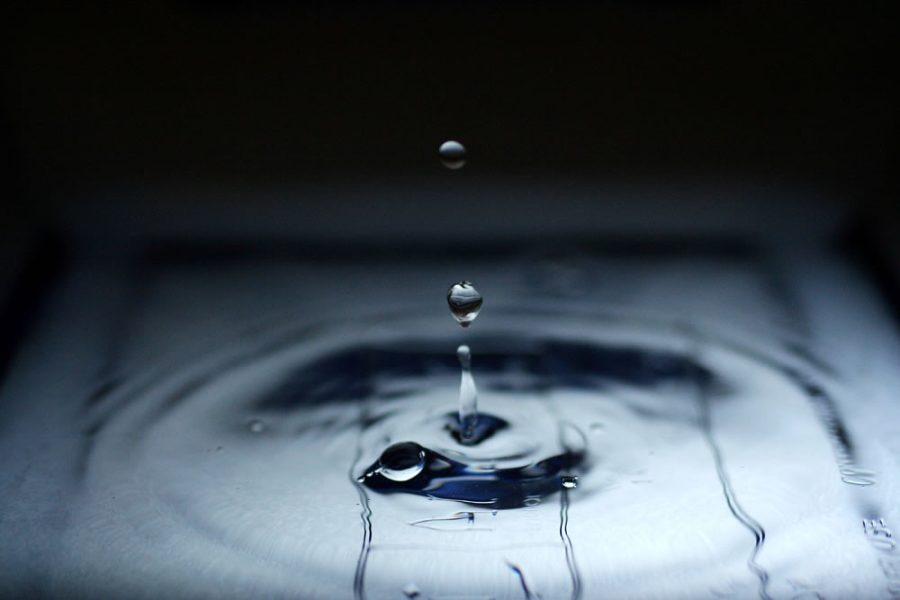Long ago, the Roman Empire took to a new method for fresh food, a marble basin or pond full of water to keep marine life like sea barbel intended to eat later alive. The introduction of glass panes around the year 50 allowed the Romans to change one marble wall to observe the fish better for the first time.
In 1369, the Chinese Emperor, Hóngwǔ, caught on, creating a company that would make and sell porcelain tubs that gradually became the size of a bowl. From keeping carp there for a later meal to the more decorative forms of koi and goldfish, the idea for aquariums, where fish were not meant to be viewed but consumed, spread around the world.
The production of aquariums didn’t develop for years to come until one invention changed the industry forever. In 1908, a German manufacturer called K.D.A. created the first mechanism to supply oxygen to the water in aquariums, and it used running water from a hose to compress the air. Though the invention was the best pump people had seen in a long time, it had lots of room for improvement, and many people caught on and took the opportunity to build their own. Inventions like the spool vacuum air pump, piston pump with a flywheel, or the double-barreled air pump continued to make a change, but the moment that electricity came along, it modified greatly.
Today, air pumps are small and powerful, with sizes varying from 2 inches to 20 depending on the size of your tank and the amount of water inside. To get it started plug the pump in with the electrical cord running to a socket or AC outlet. They are placed underneath the tank with the rest of the equipment, and they will help maintain movement inside the water, introduce oxygen, and release carbon dioxide for any marine animals living there. Another way of doing this is by getting a small porous stone, mostly made of lime wood, which is then attached with tubing inside the tank, creating a small column of bubbles that provides excellent surface agitation. This was not only a very useful tool for the very recent study of nature and marine animals, it also allowed fish to have a healthier and longer life by promoting water circulation as well as maintaining oxygen in the water.
RELATED STORIES:
https://reefs.com/lets-talk-flow-part-1-a-quick-look-at-the-evolution-of-aquarium-propeller-pumps/
https://www.coloradoaquarium.org/post/now-and-then-aquariums-thru-the-ages
https://www.3reef.com/threads/the-birth-of-american-aquariums-in-pets-in-america-a-history.104833/
http://reefkeeping.com/issues/2004-09/rv/feature/index.php
Take Action:
- If you want to learn more about aquariums, you can get a membership at the Virginia Aquarium and Marine Science Center. https://virginiaaquarium.com/membership
- Help the community by “babysitting” neighboring fish while their owners are away.
- Build your own practice tank with a few fish to explore the effects of pumps and porous stones, just have fun!






